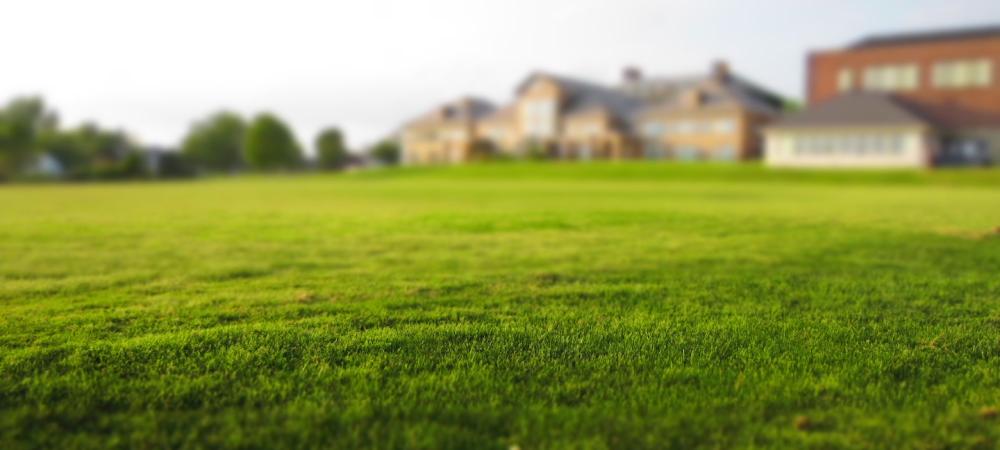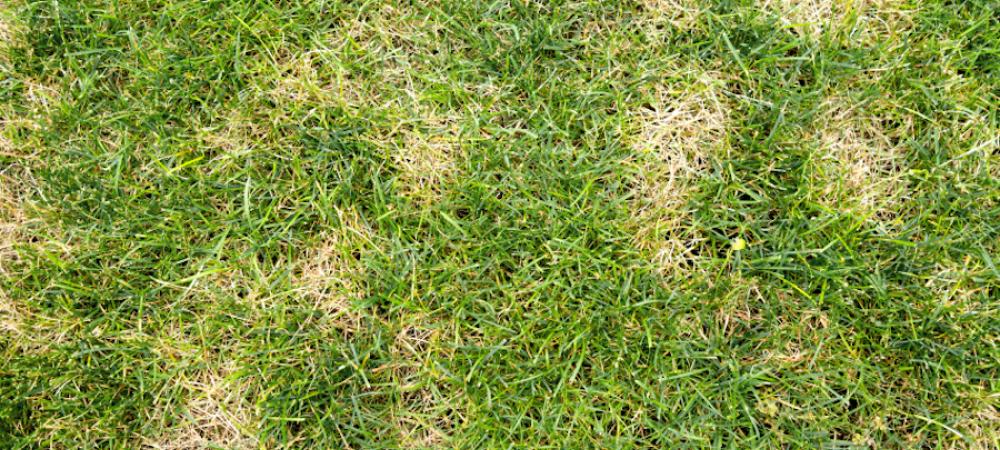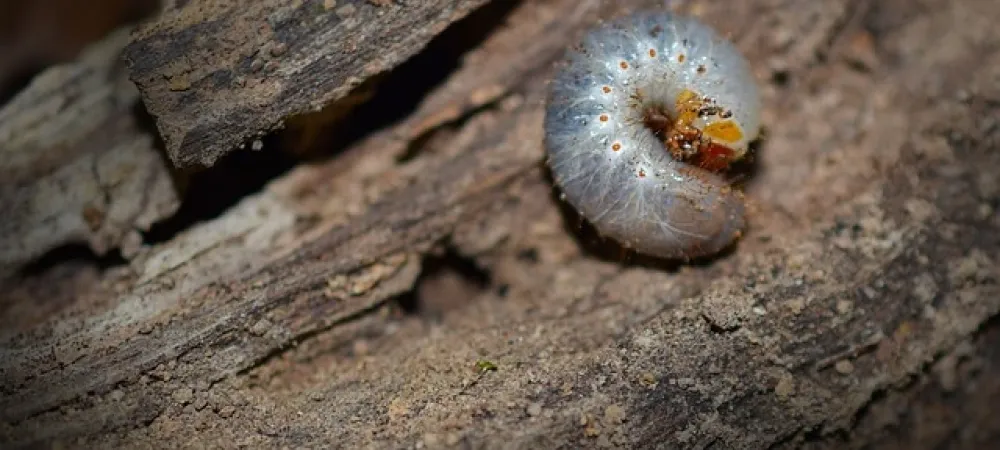
Grubs are small, gross insects that no one wants in their yard or garden. While they are very common, they are also known to cause significant damage to your property. Learning about them is the first step to fighting them, so read on to learn more about the signs of grubs in your lawn.
What Are Grubs?
While commonly referred to as white grubs or grub worms, grubs are actually immature insects. It is a larva that matures into a beetle or moth, depending on the insect that laid the egg it hatched from. It is not uncommon for some species to remain in this larva stage for 2 or 3 years, while others take less than a year to mature into beetles or moths.
What Do Grubs Look Like?
Grub worms have a rather consistent appearance. It includes:
- Off-white to cream-colored bodies with a darker brown head.
- Often laying on their sides in a C shape.
- Being 1 inch to 3 inches in length.
- 6 legs on the upper halves of their bodies.
What Do Grubs Turn Into?
Grubs are larvae, meaning they are young insects. When they mature, they become beetles or moths that will crawl out of your lawn, damaging your surface plants and visible grass. The beetles that are most common in North America are:
- Japanese beetles
- May beetles
- June beetles
- Masked chafers
Signs of Grub Damage
Knowledge is power, and knowing the signs of grubs in your garden can inform you of whether or not you have an infestation on your hands. The clearest signs of a grub infestation are as follows:
Brown Patches in Grass
Grubs feed on the roots of your grass, taking water and nutrients from the turf. The grass will die without the roots to provide the nutrients and water, leaving it brown and stringy.
Increased Animal Activity
Grubs are a favored food among birds and mammals. If you find wild animals digging at your lawn, they may be looking for an easy meal.
Seeing Live Grubs
While this may seem obvious, it is not immediately a cause for alarm. Having a few grubs in your lawn does not mean you are dealing with an infestation. But if the other signs are present, you may need to begin your investigation. If there are more than five grubs per square foot on your lawn, you are most likely dealing with an infestation.
Spongy, Yellowing Turf
When grubs damage your grassroots, it hurts the grass’ chances for survival. It decreases the grass’ strength, making the soil around the grass become less dense and easier to give out.
How to Get Rid of Grubs
There are several ways to remove them from your property. They include:
- Cultural control, which increases your lawn’s overall health to resist grub damage.
- Chemical control, by a trained exterminator such as our team.
- Preventative control, such as applying a pesticide yearly.
When to Treat for Grubs
Treating grubs in the grass as soon as possible when you first notice any damage is best. For preventative treatment, it is best to apply any chemical control from April to mid-July, as that is why the grubs are preparing to hatch and when they are the most vulnerable.
Call The Green Team for Grub Control
Whether you suspect a grub infestation or are looking for regular lawn care to help prevent such problems, let our professional lawn care technicians take care of it for you. Contact our team today to get started!




